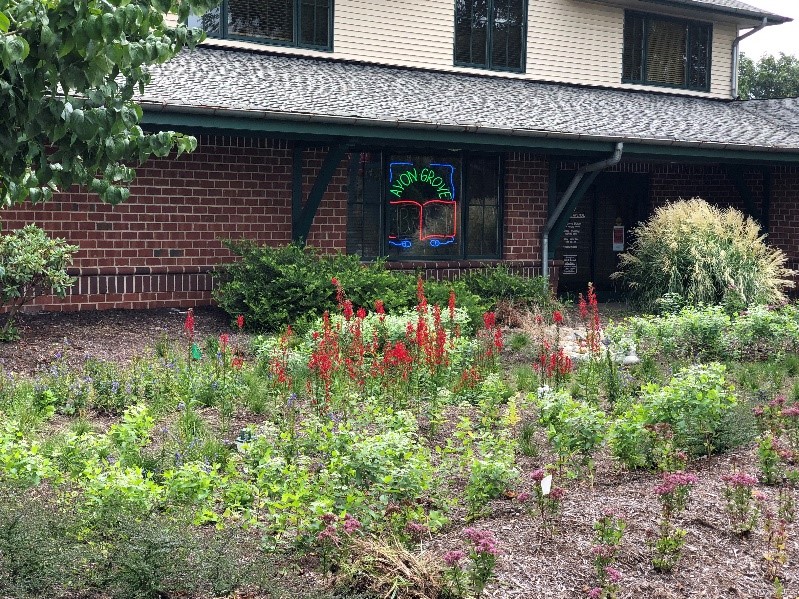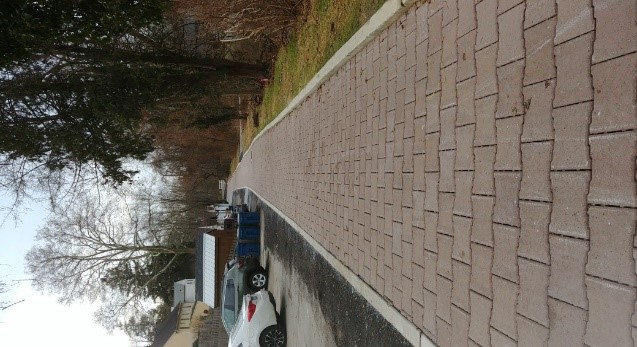It seems that everything is going “green” these days… and that’s a good thing. You may have heard of things like rain gardens, permeable pavement and bioswales described as Green Stormwater Infrastructure (GSI). These new practices attempt to mimic the natural water cycle by promoting infiltration at the source of stormwater run-off, slowing it down and recharging our natural ground water systems.

Traditional stormwater infrastructure is designed to quickly direct run off from roofs, driveways, parking lots and other impermeable surfaces into streams and waterways. Sometimes referred to as grey infrastructure, traditional stormwater infrastructure often uses catchments and underground pipes that outlet directly into waterways. The problem with this tradition method of stormwater management is that stormwater doesn’t have a chance to slowly infiltrate native soils into the groundwater. Instead, surface water flows directly to streams, often with greater volume. This surface water is often warmer coming from warm pavement and roof tops harming temperature sensitive fish like trout and aquatic insects. And surface run off picks up pet waste, oils and antifreeze from cars, road salt and fertilizers and sends these pollutants directly to streams untreated.
By mimicking the natural water cycle, green stormwater infrastructure aims to treat stormwater at its source and then slowly and naturally absorb it into the soil or native vegetation and filter it into the groundwater. A Guide to Green Stormwater Infrastructure is available at https://cwmp.org/homeowner_resources/ , and describes sixteen of these practices; their benefits, applications, costs, operation and maintenance with photos of local examples. These GSI practices include:

- Bioretention basins and Bioswales
- Rain Garden Systems
- Downspout and Stormwater Planters
- Stormwater Curb Bump-outs
- Cisterns and Rain Barrels
- Permeable Pavement
- Tree Trenches and Filter Boxes
- Lawn to Meadow Conversion
- Riparian Buffer Plantings
- Underground Infiltration Systems
- Dry Well and Small-Scale Infiltration Trenches
- Green Roofs
- Conservation Design/Reduced Pavement Areas
- Constructed Wetlands

While some of these practices are relatively simple to design and install, some will require engineered designs.
However, compared to highly engineered gray conveyance systems, GSI is cost-effective, resilient and provides

communities with enhanced natural aesthetics. Many of these systems have the co-benefits of improved wildlife habitats for terrestrial and aquatic wildlife and pollinators as well as climate resilience and carbon sequestrations in vegetation and soils. Public funding is available for some of these projects that demonstrate benefits to water quality, flooding, wildlife habitat and climate resilience. For more information on designing and installing green stormwater infrastructure, contact your municipality at (municipality phone and email contact) or complete this request form at Christina Watersheds Municipal Partnership at https://cwmp.org/contact/
Article written by Sarah Sharp, Lead Planner, Brandywine Conservancy, www.brandywine.org/conservancy and Brian Winslow, Watershed Conservation Director, Brandywine Red Clay Alliance, www.brandywineredclay.org
Download this article as PDF or MS Word Document
